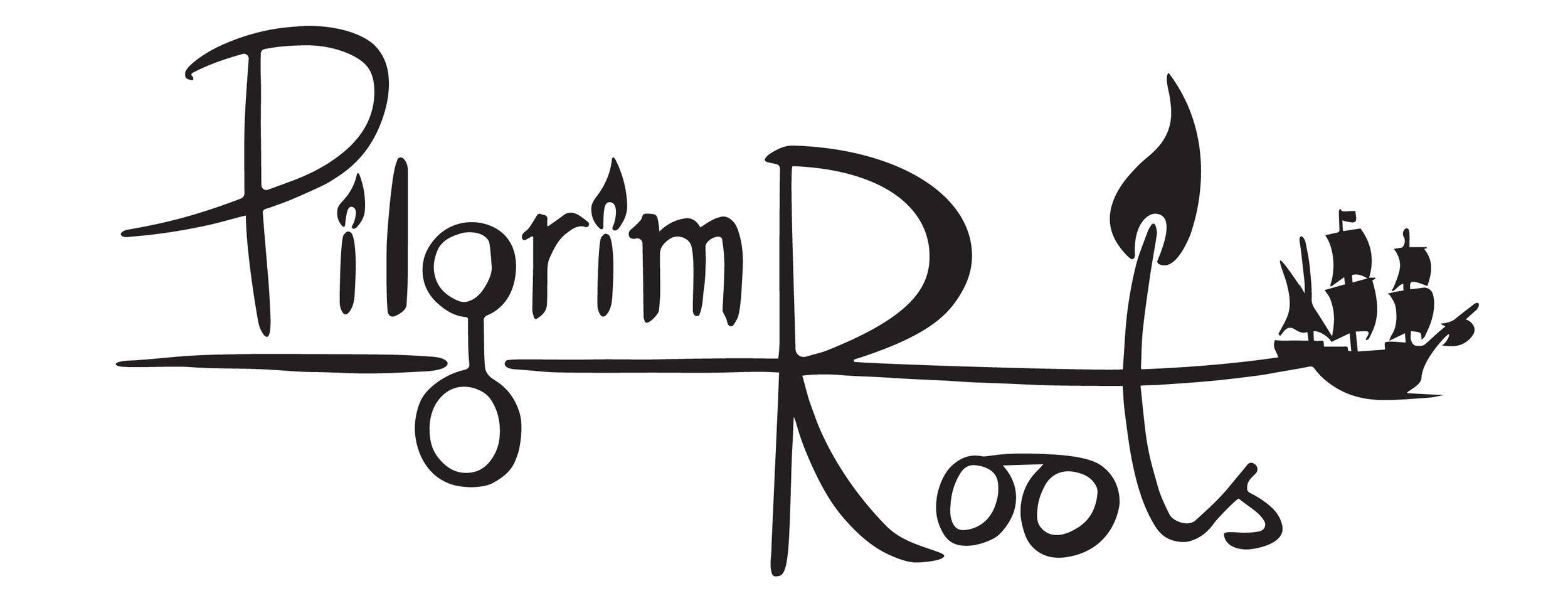Over the last year I have been working with NTU (Nottingham Trent University) within their Enabling Innovation program to embrace digital technologies within my practice. At first I was a little sceptical about the possibilities of this new burgeoning technology to try and capture the delicate details of something hand woven, but I think we are beginning to see some positive results.
The first items I gave them were some spiral forms made using the corn dollie 5 stranded spiral weave, which they digitally mapped and then printed with the new 3d clay printer. The results were very interesting and I shall share these with you in a later post.
After experimenting with clay, we moved on to a 3d printer with a synthetic polymer, and the test piece was a length of macrame knots woven in a 4mm thick cotton cord. The piece was worked over a wire core to enable the technicians to suspend the weaving and capture a 360° view of the work. The scan was sent to print and the results are very promising. The printed work has captured the threads of the cotton well and the movement of the weave is visible in every twist and turn.
What next? The scans of handwoven work could be further manipulated and produced at differing scales which could lend itself to large scale works. Now I need to see if a scan can capture something much more delicate than a chunky series of Crown Knots, and scan a panel of macrame.



